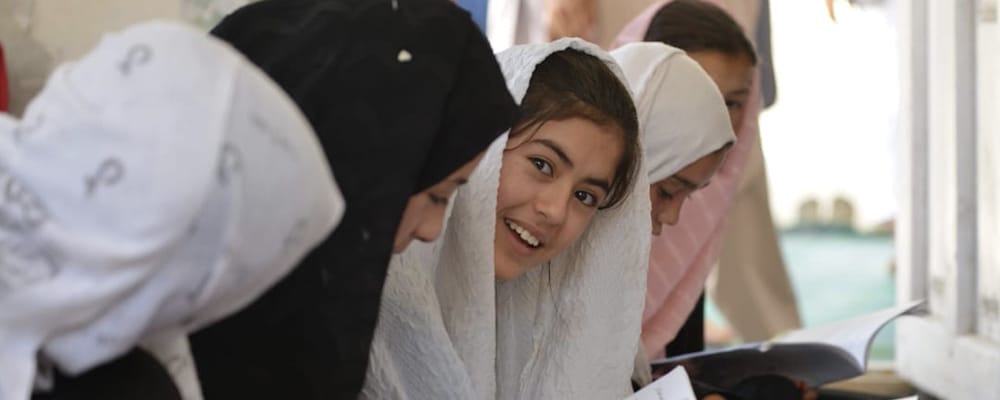Central Asia Institute in Afghanistan: The Fight for Education

Educating the next generation of Afghans CAI is one of the few international organizations still working in Afghanistan. By continuing to enroll Afghan children, especially girls, from poor, marginalized communities into primary school, we are fighting back against the Taliban’s repressive regime. By learning to read, write, and understand basic math, these children will have […]
How Central Asia celebrates Nowruz and Eid

Central Asia Institute wishes all who celebrate a Happy Nowruz Mubarak, or beginning of Spring, and a joyful Eid al-Fitr! By Bella Pich Have you ever wondered how Central Asia celebrates Nowruz Mubarak and Eid al-Fitr? Nowruz, meaning “New Day”, is the Persian New Year celebrated on the spring equinox, marking the beginning of […]
